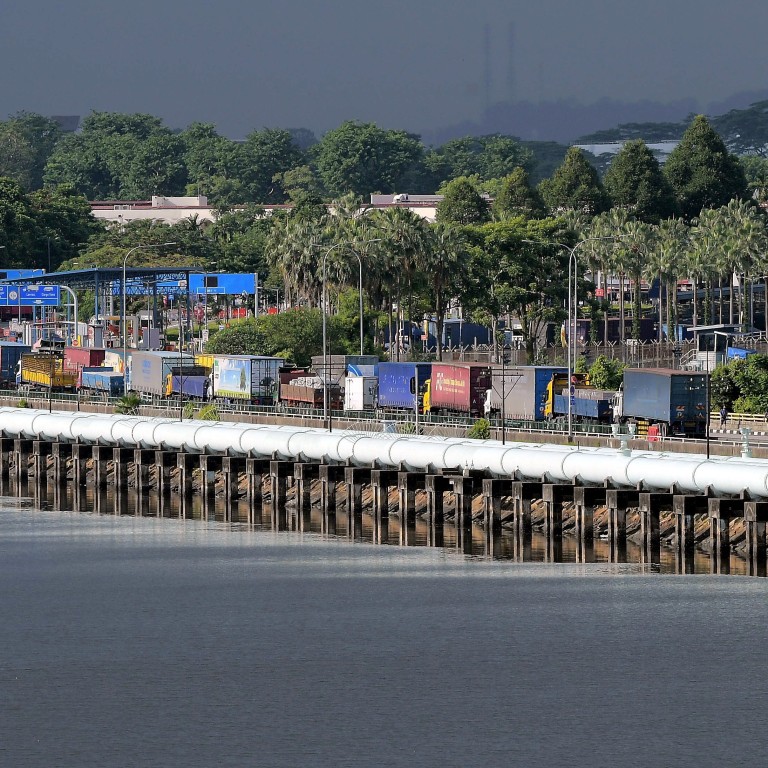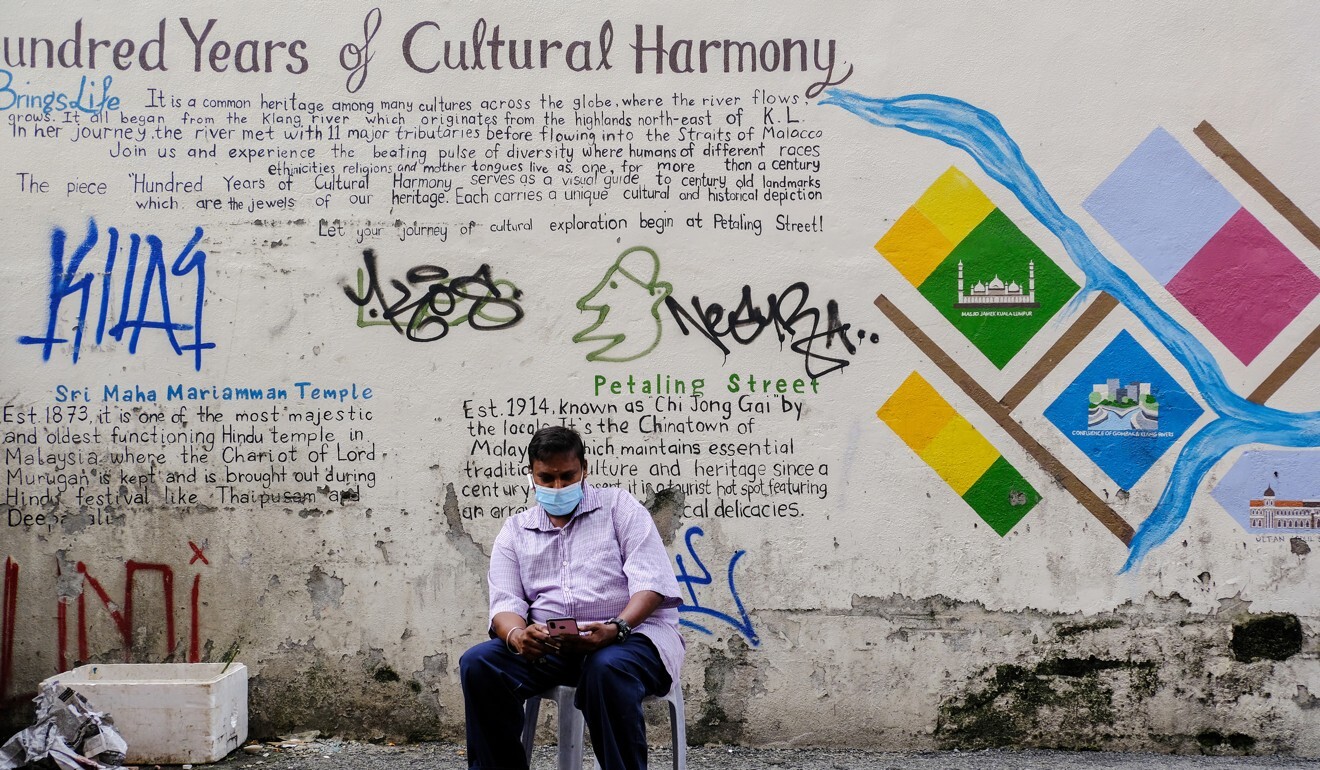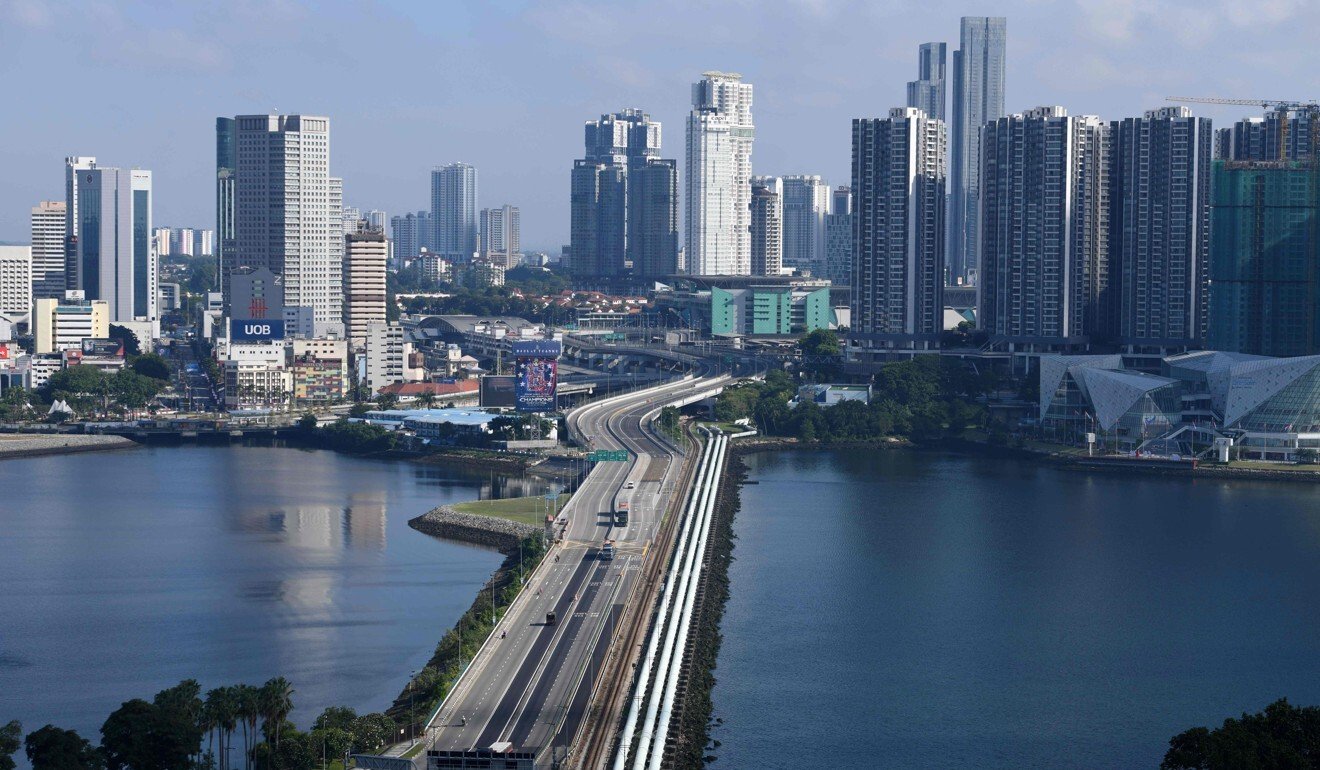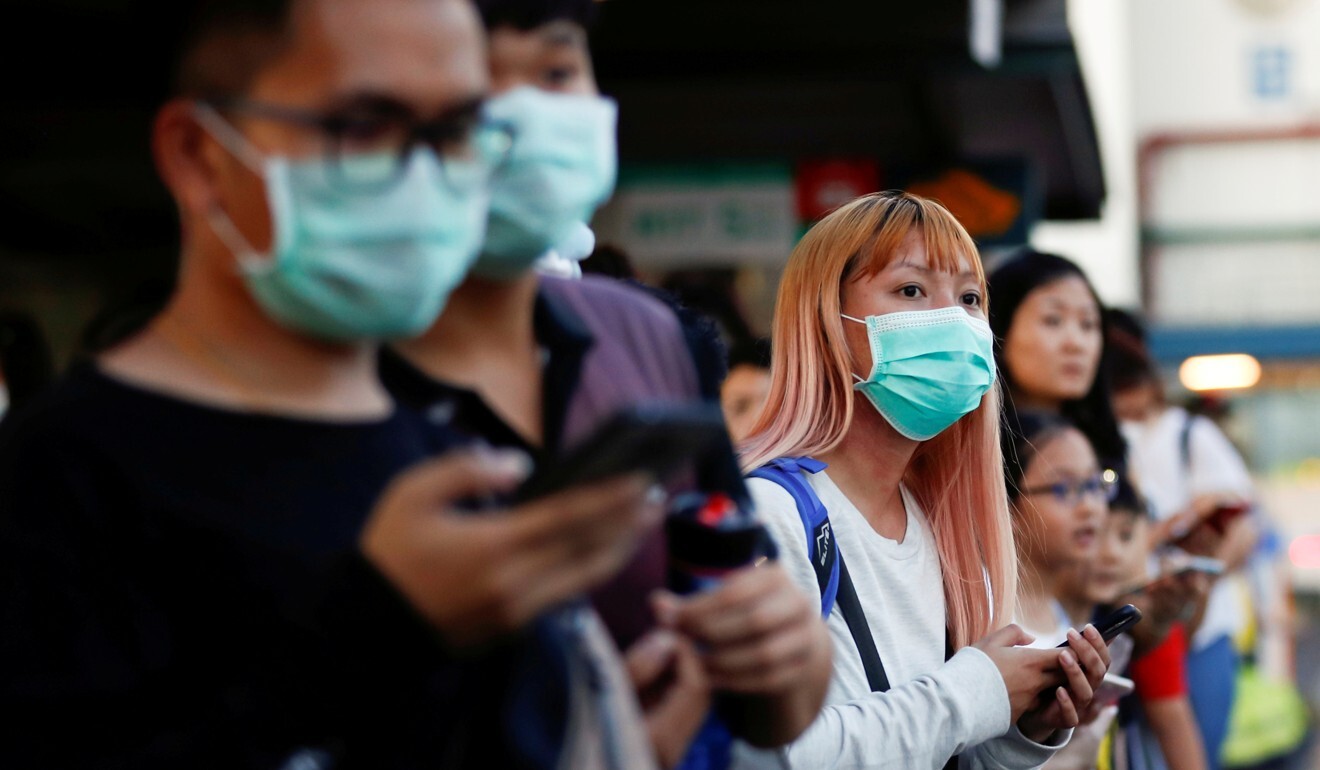
What the Singapore-Malaysia border re-opening means for coronavirus-era travel
- For the first time in five months, Malaysians stuck in Singapore are able to visit home – so long as they provide a negative Covid-19 test result
- This ‘periodic commuting arrangement’ joins Singapore’s reciprocal green lane for essential business and official travel between both countries
The engineer, who arrived at Tuas on the western end of Singapore at 6.45am armed with his “periodic commuting arrangement” papers, said he was “very, very, very excited” to be reunited with his family in Klang, Selangor state, who he has not seen in five months.
His daughter turned three while he was stuck in the city state, but Saiful will now be allowed to return home – pending a negative Covid-19 test result, which can take up to 24 hours.
He has taken six weeks off work and plans to use it to reunite with his family and travel within Malaysia, he said.

Saiful is one of the many Malaysians who would travel to Singapore each day for work before the pandemic, and who opted to stay in the city state as borders closed and lockdowns began in March and April.
For those stuck in limbo unable to go home and see family, living arrangements have had to be made on the fly. A bag packed for 14 days then had to last several weeks longer, as antivirus restrictions were repeatedly extended.
The border between Singapore and Malaysia, traversed by two land crossings and an international ferry service, is one of the busiest in the world. Pre-pandemic, about 300,000 Malaysians would enter Singapore for work or school on a daily basis.
Now, after five months, these commuters can cross the border again – either under the periodic commuting arrangement that allows Malaysians working in Singapore like Saiful to go home, or the “reciprocal green lane” for essential business and official travel between both countries for up to 14 days.

The former applies to any Malaysian citizen or resident who has been working in Singapore for the past 90 days, and gives them the right to skip the mandatory 14-day quarantine on their arrival in Malaysia provided a negative Covid-19 test is provided. A fixed date of return is also given, meaning travellers under the arrangement do not have to apply for permission to re-enter Singapore.
A handful of similar arrangements allowing travel within “bubbles” or “corridors” have been made across the world as countries slowly reopen their borders to a select few after global travel was largely grounded earlier this year because of the pandemic.
Singapore extends coronavirus Jobs Support Scheme to March
Singapore from June opened a fast lane for business and essential travel between the city state and six Chinese cities, with South Korea having a similar arrangement between Seoul and 10 Chinese airports.
While Singapore and Malaysia’s partial reopening of their border does not represent a full lifting of travel restrictions, Yang Razali Kassim, senior fellow at the S. Rajaratnam School of International Studies at Nanyang Technological University, said it did bring “much-welcome relief for many”. He pointed to how many businesses in Singapore rely on Malaysian workers, while the city state is also supplied with food by its northern neighbour.
It is a long-standing truism that Singapore and Malaysia are like Siamese twins … they cannot remain too long apart
“The big picture is this: the border opening, as carefully managed and controlled as it is, still underscores in dramatic terms the interdependent nature of the two economies,” Yang said.
“It is a long-standing truism that Singapore and Malaysia are like Siamese twins – born together at the hip, grew up together in a love-hate relationship, yet they cannot remain too long apart.”
The two schemes that now allow for citizens of both countries to cross into the other have been hotly debated online, with some cross-border commuters expressing anxiety about the fixed quotas being imposed to control the flow of travellers, while others complain on Facebook about the lack of public transport across the Johor-Singapore Causeway in particular.
Those without their own private vehicles have had to make the crossing on foot in the sweltering heat, though officials in Johor have said they were working on providing a special bus service for those intending to make the trip.

Yang said the prospects of a full land border reopening depended on “how the pandemic spreads or is tackled on both sides of the causeway going forward”.
But Dylan Loh, an assistant professor of international studies at Nanyang Technological University, said he thought it was “just a matter of time” before the border was fully reopened given the “significant reasons on both sides” to do so.
Singapore pairs citizens with jobs, training as record recession hits
However, he warned that “this expectation needs to be tempered with managing the coronavirus, particularly since both countries are acutely aware of how damaging second wave infections are”.
This consideration is something that those affected by the closure understand. Malaysian Kashminder Singh, a 38-year-old commissioning engineer who like Saiful has been in Singapore since March, took two weeks off work to spend time with his family under the periodic commuting arrangement, but said he hopes for a full reopening of the border soon.

01:08
Coronavirus: Singapore uses pilotless drones to monitor social distancing
Otherwise the next time he will get to see his family would be in December, given that workers have to stay in Singapore for 90 days before being allowed to return to Malaysia.
“Hopefully, before December, some of the rules are loosened a bit. For example, instead of three months in Singapore, it is shortened to two months, or daily commuting between borders would have started,” he said. “But for this to happen, the cases for Covid-19 need to be low. Both governments need to come up with good measures or steps with clear guidelines to protect users when they travel across the borders.”

